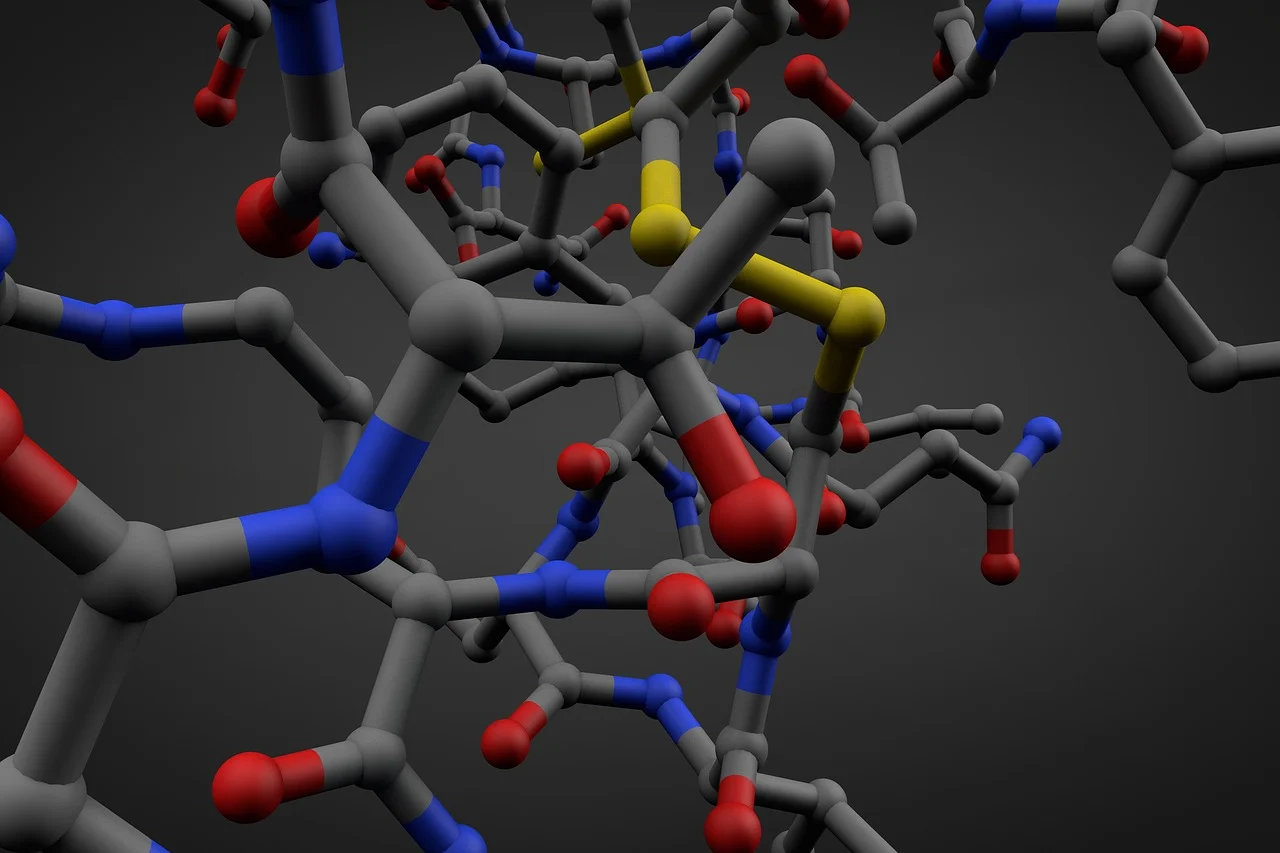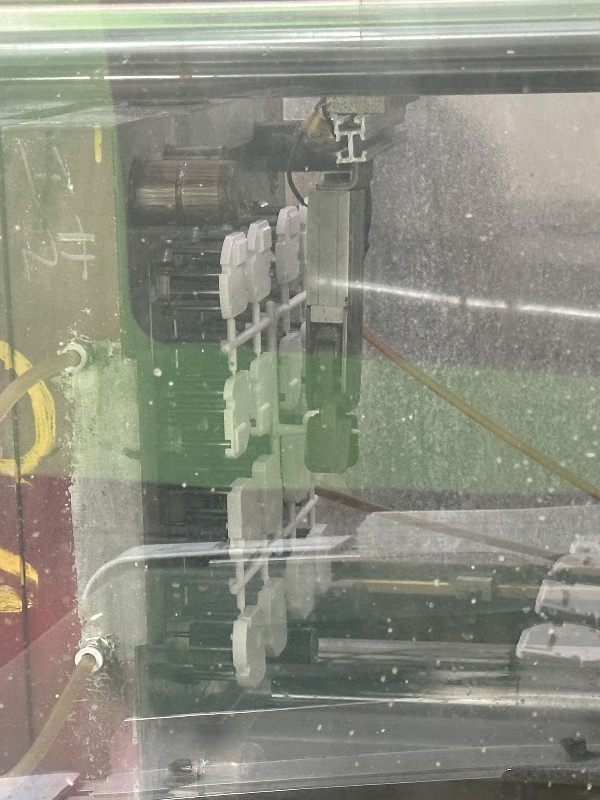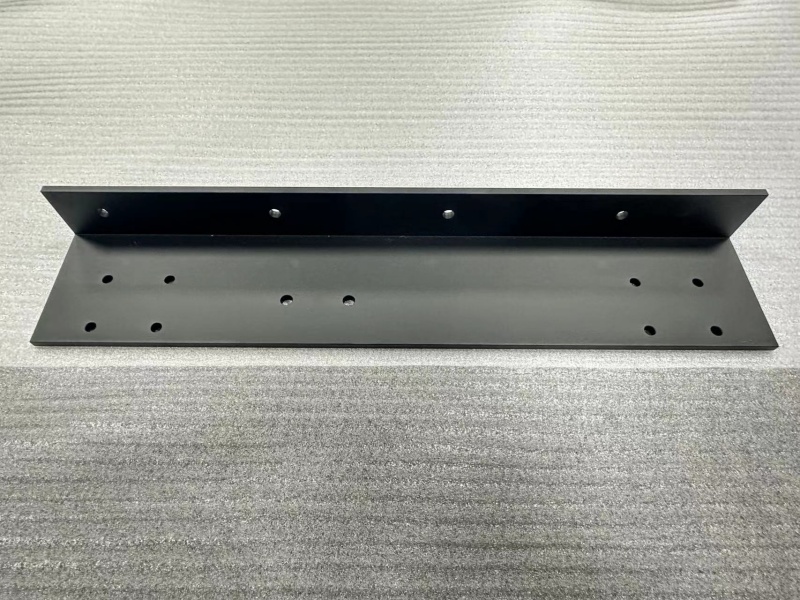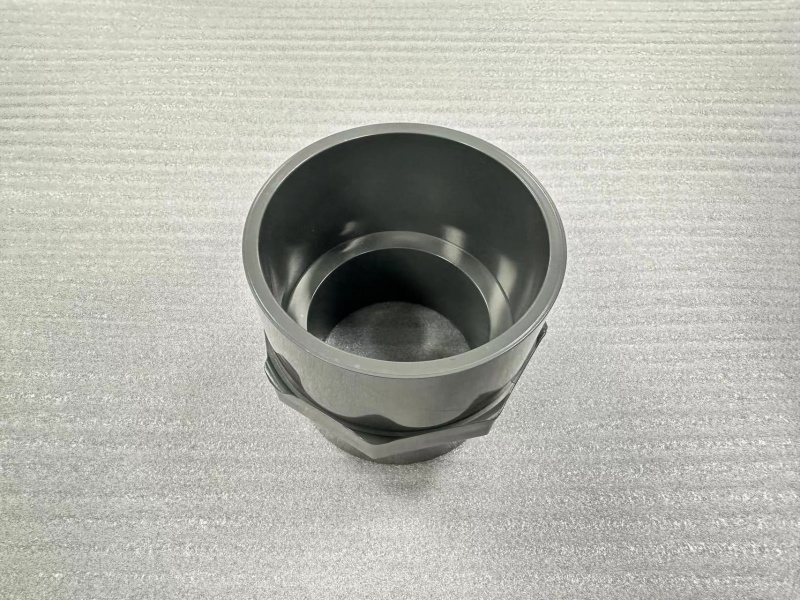When it comes to creating a product, the choice between plastic and metal can be a difficult one. Both materials have their unique advantages, but they also share some surprising similarities. For instance, both plastic and metal can offer heat resistance and strength, which are important factors to consider during the manufacturing process. To help you make an informed decision, we'll break down the benefits and drawbacks of each material in the following sections. At the same time, we will also analyze the environmental impact of these two materials, which I believe is very important for you.
The composition of the two materials
Plastic
Plastic is a versatile material that offers several advantages, including its light weight, durability, affordability, and ease of modification. It is composed of polymers, which are complex molecules made up of repeating units or chains of carbon atoms, such as ethylene, propylene, vinyl chloride, and styrene. These monomers combine to form long chains that give plastic its unique properties.
Polymers are created from monomers, which are sourced from petroleum, fossil fuels, or biomass for bioplastics. Monomers define the initial attributes, structure, and size of polymers. However, the manufacturing process also incorporates additives that enhance, optimize, and modify the properties of the plastics. These additives may improve flexibility, durability, UV resistance, combustion resistance, or color, for example.

Metal
Metals are chemical elements found in nature that possess valuable properties such as high electrical and thermal conductivity, malleability, and ductility. Humans have taken advantage of these characteristics for a long time. However, with science development, humans began to try to fusing two metals together to obtain desired properties, and alloys were born.
Alloys, are created by combining metals and non-metals, or two or more elements, to produce a new material with improved attributes.
Metals are naturally occurring chemical elements characterized by their high electrical and thermal conductivity, malleability, and ductility. They have been utilized by humans for thousands of years due to their unique properties. But alloys, are metallic materials made by combining two or more elements, including metals and non-metals, to create a new material with enhanced properties.
Properties and Characteristics
Metal-The Ideal Choice for Certain Uses.Its properties include:
• Thermal endurance: Thanks to its elevated melting point, it's perfect for settings that get very hot.
• Robustness: Metal's sturdiness makes it an ideal selection for components that bear weight and support structures.
• Options abound: you can select from a range of materials, including conductive copper and its alloys like brass and bronze, as well as steel, aluminum, and additional alternatives.
• Finishing customization: Metal has many finishing options (anodizing, powder coating, etc.).
Although metal has its advantages, plastic can offer similar benefits when designed and engineered correctly. For instance, plastic can provide the same level of durability, strength, and resistance to corrosion as metal, making it a suitable alternative for various applications. Additionally, plastic can be molded into complex shapes and forms that metal cannot, providing greater design flexibility and aesthetic appeal. By carefully selecting the right type of plastic and engineering it properly, it's possible to achieve the same benefits as metal, and sometimes even surpass them.
Manufacturing and Production Processes
Both metal and plastic have their own processing methods. Plastic, commonly injection molded, can also be thermoformed, extruded and machined. Metals, commonly machined, can be die-casting, stamped and extruded. Large-volume production of metal parts is typically done using casting or forging.If you'd like to learn more about how metal fabrication works, you can browse our Custom Metal Fabrication page.

Applications and Industries
The majority of industries rely on metal and plastic components to function effectively. Transportation, aerospace, construction, and energy sectors frequently utilize metal parts, while plastic parts are commonly found in pharmaceuticals, food and beverage, automotive interiors, packaging, and sporting goods. The medical device industry, in particular, employs both metal and plastic components in their products.


Environmental Impact of Metal and Plastic
Aluminum and steel are highly recyclable materials, requiring less energy to process compared to extracting raw materials from the earth. However, plastic recycling is more complex, with varying rates of success depending on the type of plastic and accessibility of local recycling programs. While manufacturing plastics from fossil fuels is resource-intensive, developments in bio-based plastics and recycling technologies are working to minimize environmental effects. Companies can benefit from using recycled plastic, such as ocean plastic, as it allows them to retain the advantages of plastic products while providing their customers with more eco-friendly options.
Find Solutions with RuiCheng
The selection between plastic and metal is contingent upon your particular use case, industry standards, and environmental objectives. Although metal might be suitable for certain uses, it's crucial to evaluate plastic's adaptability, cost-effectiveness, and potential for eco-friendly sourcing when deciding on a material for your product's manufacturing process.
You want to know more about plastic or metal process please check out our plastic injection molding process and Rapid Prototype
Uncertain about the best material for your needs? Contact to us now, and our professional team will gladly assist you in exploring your options and furnishing you with a quote.
Post time: Apr-25-2024
